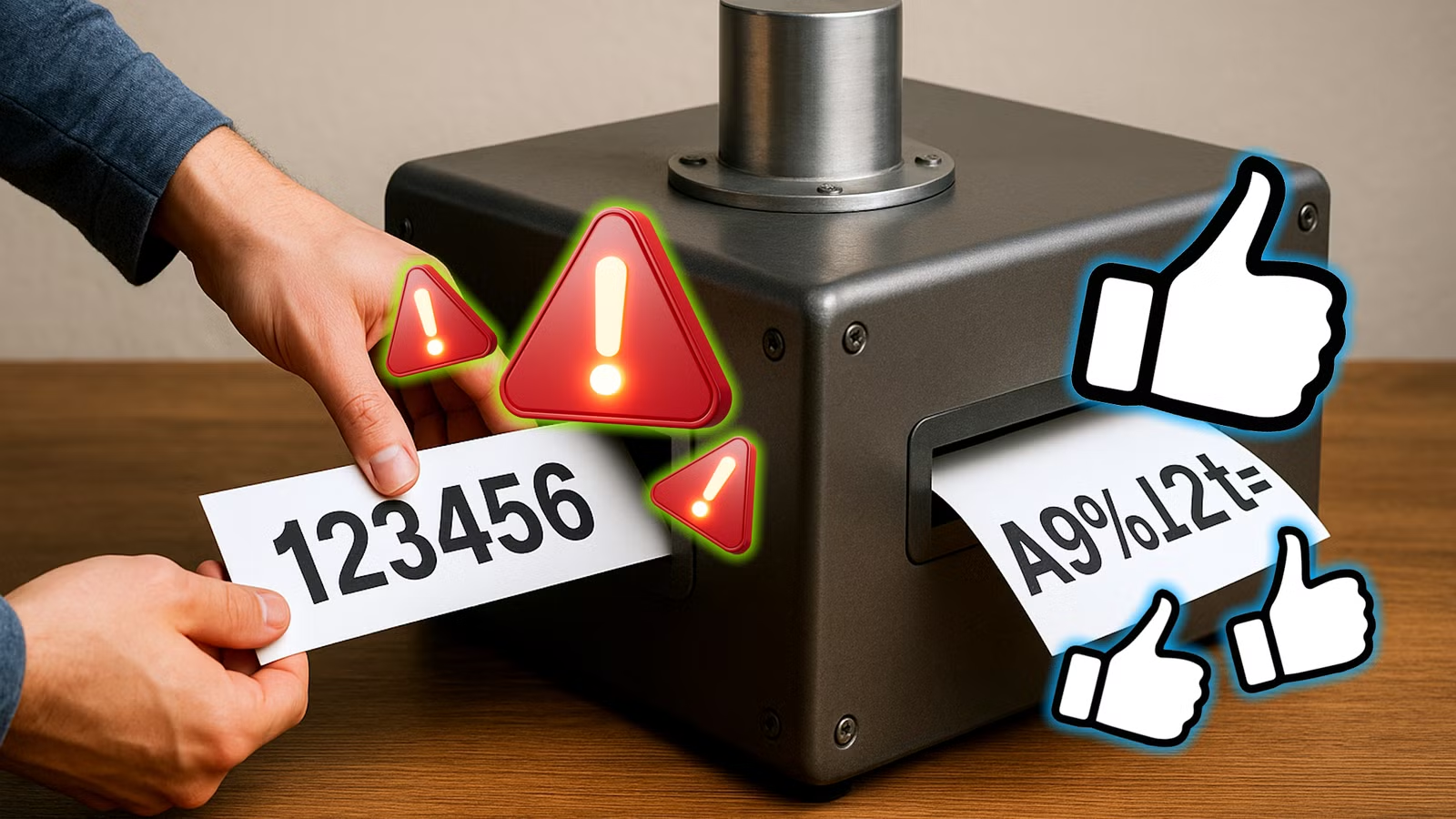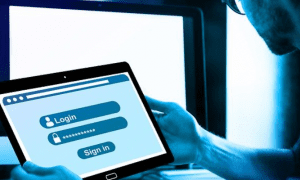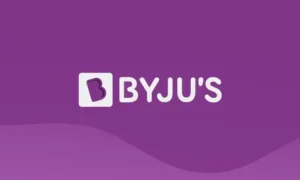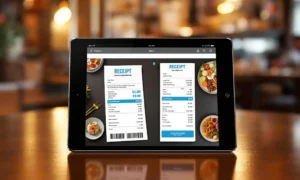Picture this: your company has invested in firewalls, antivirus, maybe even a shiny new SOC service. And then… the intern logs into the CRM with “qwerty123.” Breach, game over.
Sound extreme? Not really. Studies show that 40–60% of all SME cyber incidents still start with weak or stolen passwords. Even in 2025, many small and mid-sized businesses in the U.S. and worldwide keep skipping password managers. Instead, employees rely on sticky notes, Excel sheets, or even “memory” (spoiler: they forget).
So why do so many businesses still refuse to use a tool that makes life easier and safer?
Why SMEs Avoid Password Managers
Here are the Top 5 reasons SMEs keep saying “no” to password managers (and why each one is flawed):
- “Too complicated.”
Research from U.S. universities shows employees value usability above security. If a password manager feels clunky, they ditch it.
- “I don’t trust one app with all my logins.”
A global study found that many users fear a “single point of failure.” Ironically, their spreadsheets are way easier to hack.
- “We’ve always done it this way.”
SMEs often run on routine. Legacy systems + zero training = “better not change anything.”
- “It costs money.”
Some managers still argue that licenses are too expensive. Reality check: the average data breach costs hundreds of thousands.
- “Integration headaches.”
Certain apps don’t play nicely with autofill. But modern solutions have APIs, browser extensions, and mobile sync that solve most of this.
The Best Way to Handle Passwords
Forget boring rules like “use at least one uppercase letter.” Security doesn’t have to suck. Here are 5 rules that actually work:
- Go long, not just complex.
A random 16–20 character password beats a short “Tr!cky1.”
- Use passphrases.
Four random words (“banana-rocket-stereo-zebra”) are both strong and memorable.
- Let tech do the heavy lifting.
Never invent your own. Let your manager generate every password.
→ Try this simple but effective password generator for every password manager.
- Add Multi-Factor Authentication.
Even the best password is better with a second lock — ideally a hardware key.
- Audit & rotate critical accounts.
For banking, cloud, or admin systems, set a calendar reminder: refresh every 6–12 months.
The Worst Passwords Ever (Please, Don’t Laugh Too Hard)
Every year, researchers compile the “most hacked” passwords. And guess what — people are still using them!
Top 5 Worst Passwords in 2025:
- 123456
- password / password123
- qwerty / qwerty123
- 111111 / 000000
- abc123 / 123123
If any of these appear in your company logins, stop reading, open your manager, and fix it.
Making Password Management Fun
Here’s the secret: a password manager isn’t just security, it’s convenience. Employees love:
- One click logins (no more “forgot password” loops).
- Shared vaults for teams (goodbye sticky notes on monitors).
- Peace of mind (they don’t need to remember 50 different logins).
- Gamification (watching your “security score” climb feels like leveling up in Mario).
Final Word
Cybersecurity doesn’t have to be boring or expensive. SMEs that embrace password managers protect themselves from 90% of credential-related attacks and make their employees’ lives easier.
The real blocker isn’t cost or complexity — it’s mindset. Switch it, and suddenly security feels less like a chore and more like a superpower.
So, ditch “123456,” fire up your manager, and let the generator do the fun part.



































